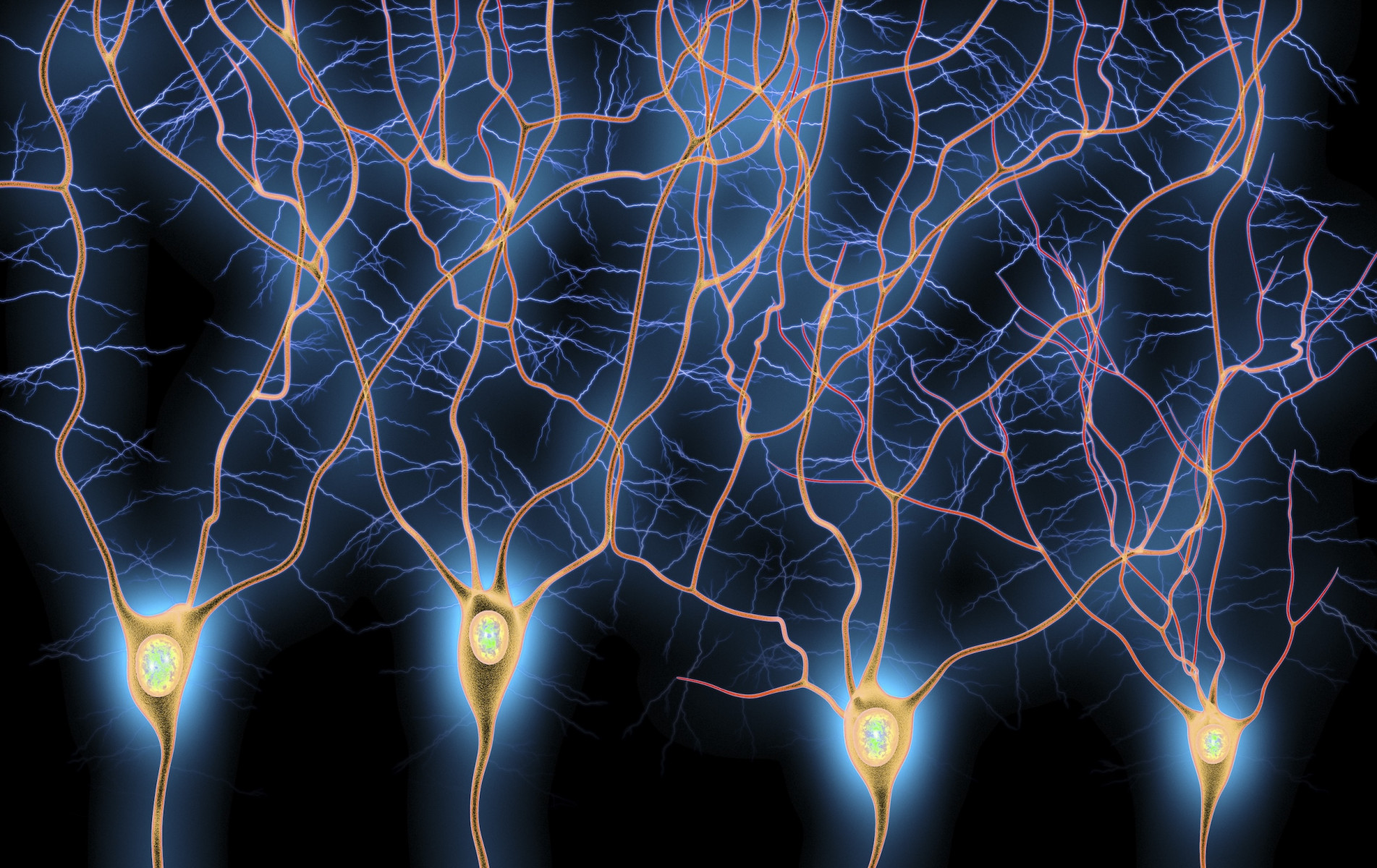A study led by Assistant Professor Megha Sehgal isolates the precise location of memory overlap in cells in mice.

By Emily Caldwell
Ohio State News
caldwell.151@osu.edu
If you’ve ever noticed how memories from the same day seem connected while events from weeks apart feel separate, a new study reveals the reason: Our brains physically link memories that occur close in time not in the cell bodies of neurons, but rather in their spiny extensions called dendrites.
This discovery stems from studies in mice, in which researchers observed memory formation using advanced imaging techniques, including miniature microscopes that captured single-cell resolution in live animals.
The study shows that memories are stored in dendritic compartments: When one memory forms, the affected dendrites are primed to capture new information arriving within the next few hours, linking memories formed close in time.
“If you think of a neuron as a computer, dendrites are like tiny computers inside it, each performing its own calculations,” said lead author Megha Sehgal, assistant professor of psychology at The Ohio State University. “This discovery shows that our brains can link information arriving close in time to the same dendritic location, expanding our understanding of how memories are organized.”
